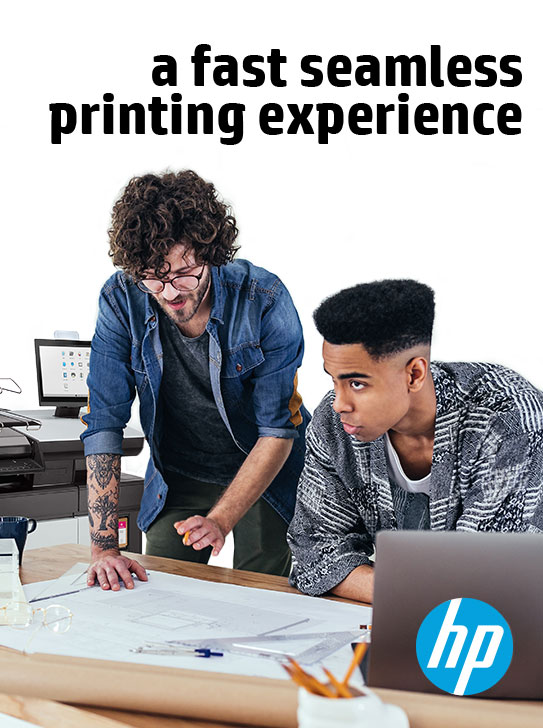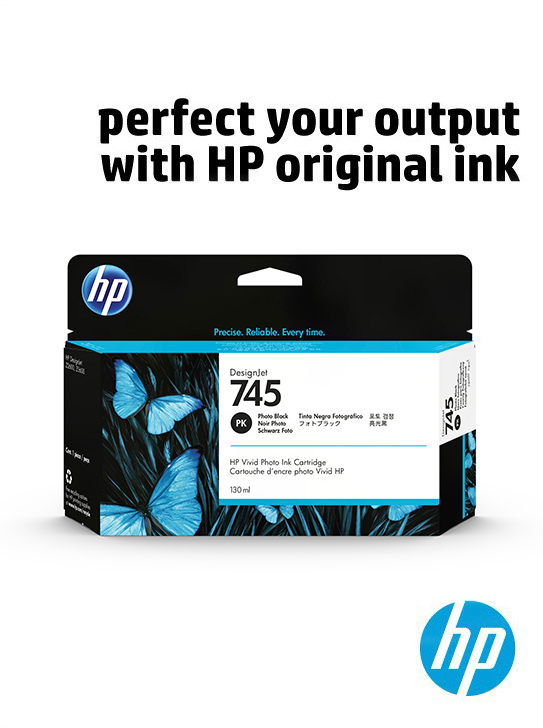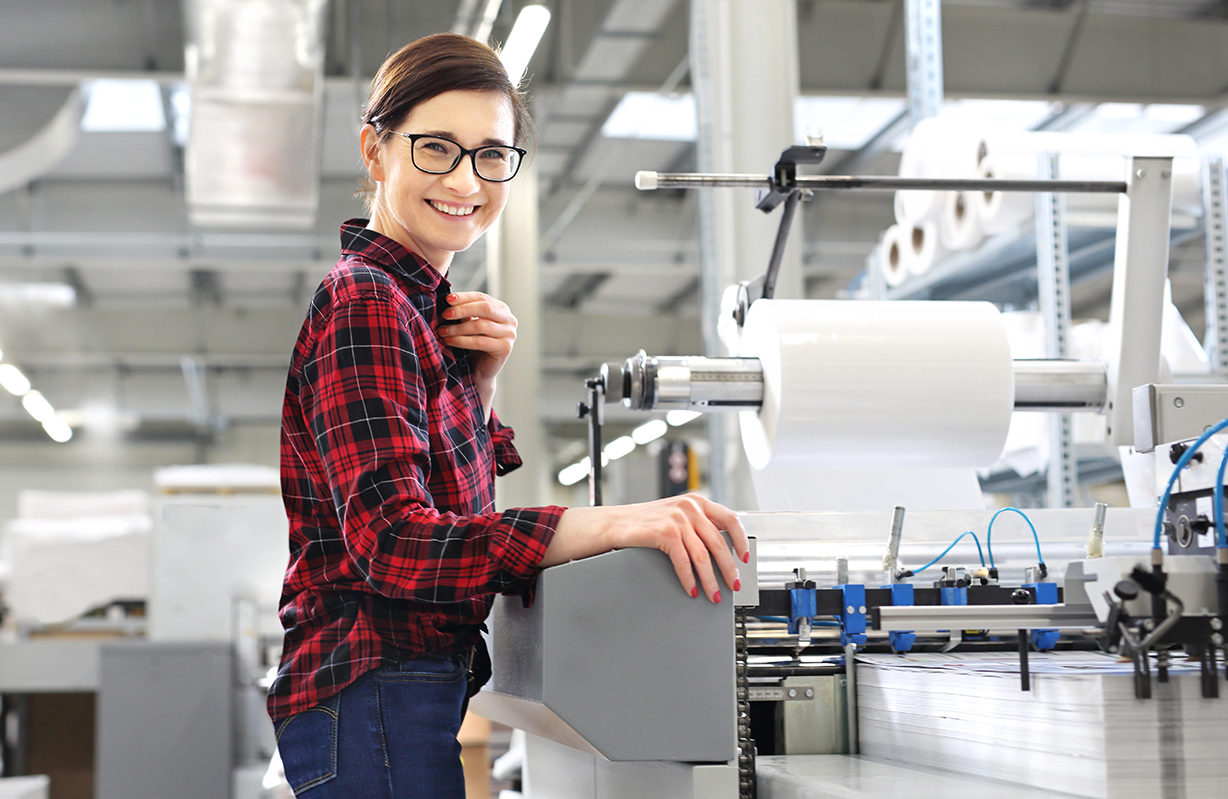Lamination / Mounting Films
-
Read more ...
Laminating your print materials? For some people, it is a no brainer, while others consciously avoid it. In this article, we will discuss the 7 most important advantages of laminating your printed materials. Laminating may be the last step in your production process, but it is certainly not unimportant! And to make sure that your next lamination job is a sucess, we concluded with some handy tips.
1. Laminating makes your printed material thicker and more robust
The transparent film applied during lamination makes the printed material thicker and more resistant to mechanical wear. Therefore, it is important to ask yourself whether your print material is likely to be wrinkled through use. If this is the case, then laminating is recommended. There are several advantages when you choose to laminate. For example, you can apply a laminated sticker more easily, there is less chance of air inclusions under the sticker, and the sticker is less likely to wrinkle. This also makes the sticker easier to remove if you want to do so in the future.
2. Laminating protects against UV radiation
If your printed material is exposed to many environmental factors, such as the sun, there is a high risk of discolouration. UV rays cause the ink to fade. Laminating your work with protective films with integrated UV protection slows down or prevents this process and ensures that your prints retain their beauty much longer.
3. Laminating protects against moisture and dirt
Laminating your work also prevents moisture from penetrating your printed materials and dirt, e.g., from greasy fingers, from sticking to them. This not only protects your prints from water damage, for example, but also makes it easy to clean. This is very handy when you are dealing with outdoor applications.
4. Laminating protects against damage
Tears and creases do not stand a chance when your work is properly laminated. By using a scratch-resistant material, you can provide your printed material with a scratch-resistant layer. This is often applied to print media for display panels of pop-up systems. These panels have to endure a lot during transport, assembly, and disassembly. It, therefore, makes sense to laminate frequently used panels to provide better protection.
5. Laminating gives a luxurious appearance
Laminating - also known as finishing - is a finishing technique that gives printed material a luxurious and characteristic appearance. Laminating makes the paper appear and feel firmer, making the quality appear (and be) better. A wide range of finishes is available, ranging from matt, satin, glossy to high gloss. Depending on the application of the printed material, you can choose the most suitable finish. Using glossy laminates, for example, colors come out more powerfully. And the use of matte films prevent disturbing light reflections, for example in photo posters.
6. Laminating increases the lifespan of printed materials
The protective layer of the laminate also increases the lifespan of your printed material. You have to keep in mind that prints not protected against mechanical or environmental influences have a limited lifespan. Therefore, you can say that applying a protective film extends the life of prints and secures their value. A not unimportant finishing touch!
7. Laminating provides your printed material with special properties
In addition to the standard laminating films mentioned above, there are also laminating films with unique properties. For instance:
- Adding an anti-slip texture to floor graphics: to prevent slipping and to protect against moisture and dirt.
- Creating a writable surface for whiteboard applications: ideal for maps, for example.
- Preventing vandalism by adding anti-graffiti properties: paint and permanent markers are easy to remove with cleaning agents.
- Providing a scratch-resistant layer with the display panels mentioned above: scratches are less easily visible on pop-up panels, for example.
Tips for successful laminating
Are you convinced of the benefits of laminating? Then it's up to you to carry out the laminating process successfully. We'll help you on your way with our tips and instructions:
- Work clean, dry, free of dust and grease: Use a PCR roller to remove dust and dirt.
- Use the same material combinations as often as possible: So a PVC monomer laminate for a PVC monomer print material and, for example, polyester on polyester. Matching base materials behave similarly, which will prevent, for example, shrinkage of the edges.
- Drying time: Especially when laminating inkjet prints, make sure that the inks dry sufficiently and cure completely, consider a drying time of at least 24 hours.
- Avoid silvering: Fine trapping of air between the print and laminating film is called silvering. Silvering can be difficult to detect due to the fine texture and is particularly noticeable on dark prints. Heating the roll slightly to 30 degrees during lamination will help the adhesive flow better and prevent silvering.
- Let the print rest for 24 hours after laminating: After laminating, allow the print to acclimatize at room temperature for 24 hours before proceeding with further operations. This will ensure optimal adhesion of the adhesive and allow the film to "relax".
- Send laminated printed material: If you want to send your printed material rolled up, make sure that you roll the material onto a large core with the image side outwards. This prevents the rolled-up print from tunneling after it has been unrolled.
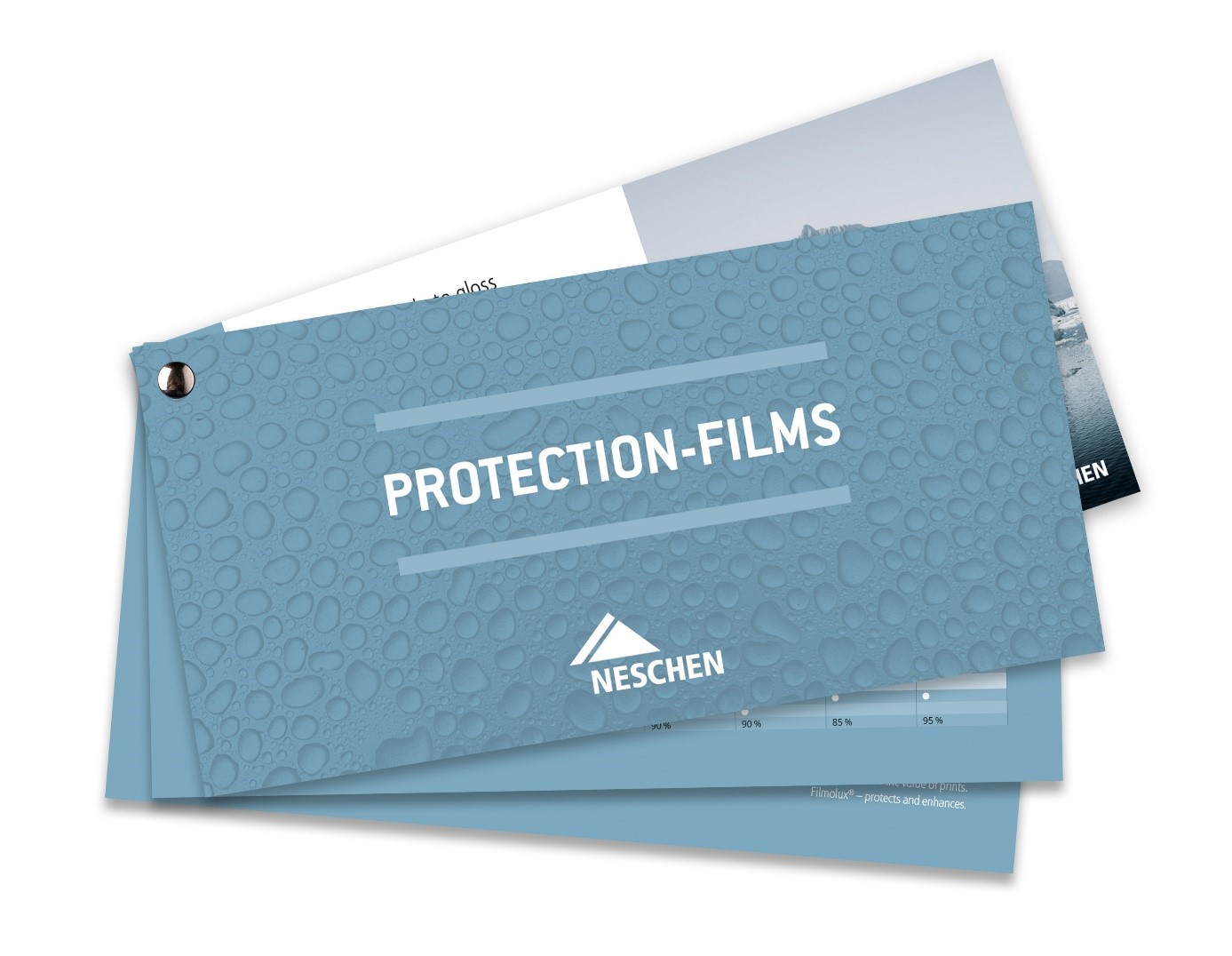
Make your next laminating project a success
Laminating is the finishing touch to your printed material and can greatly influence the final result. But with these tips, the result will certainly be a success. Would you like to do some tests with laminate? For example, to protect important printed material, add an anti-slip layer to floor graphics, or counteract reflections on photo posters? For a free no obligation protection film swatchbook please contact our sales team on 01527 853 136.
-
Read more ...
Ottar A.B. Anderson from Ulsteinvik is a professional Norwegian photographer, who has been working with Neschen products for some time. In one of his latest projects, his outstanding works transformed the interior walls of the five newest vessels of the HAVFISK AS fleet. HAVFISK AS is Norway’s largest trawler company, made up to 9 vessels and 29.6 cod trawling licenses. The company primarily catches cod, haddock, and satire. All fish are gutted onboard and the company provides fresh and frozen fish throughout the year.
Andersons’s project started in 2012 and by now, five vessels feature his high-quality photos on their walls. For mounting his photo art, Anderson used Neschen’s Gudy 802 and Gudy 808. Gudy 802 is a high-quality, double-sided mounting film for digital prints and photos. The transparent adhesive film retains the original character of photo paper, a great choice for this project. Neschen’s Gudy 808 opaque mounting film is excellent for cold laminating on dark boards. Thanks to the white carrier material, particularly colour-intensive images appear even more brilliant on dark substrates.
Gudy 808 also has a pH-neutral adhesive that prevents catalytic processes and thus protects the quality and value of the print long term. It’s powerful adhesive strength guarantees a reliable bond.
Anderson also incorporated Filmolux Photo Satin to laminate his works. The laminating film works well with classical photos as well as inkjet and digital print media. It protects the work from UV rays, almost completely absorbing the UV-B spectrum rays. Anderson’s works that have been installed in 2012 still feature their beautiful colours, as if they just been hung on the wall.
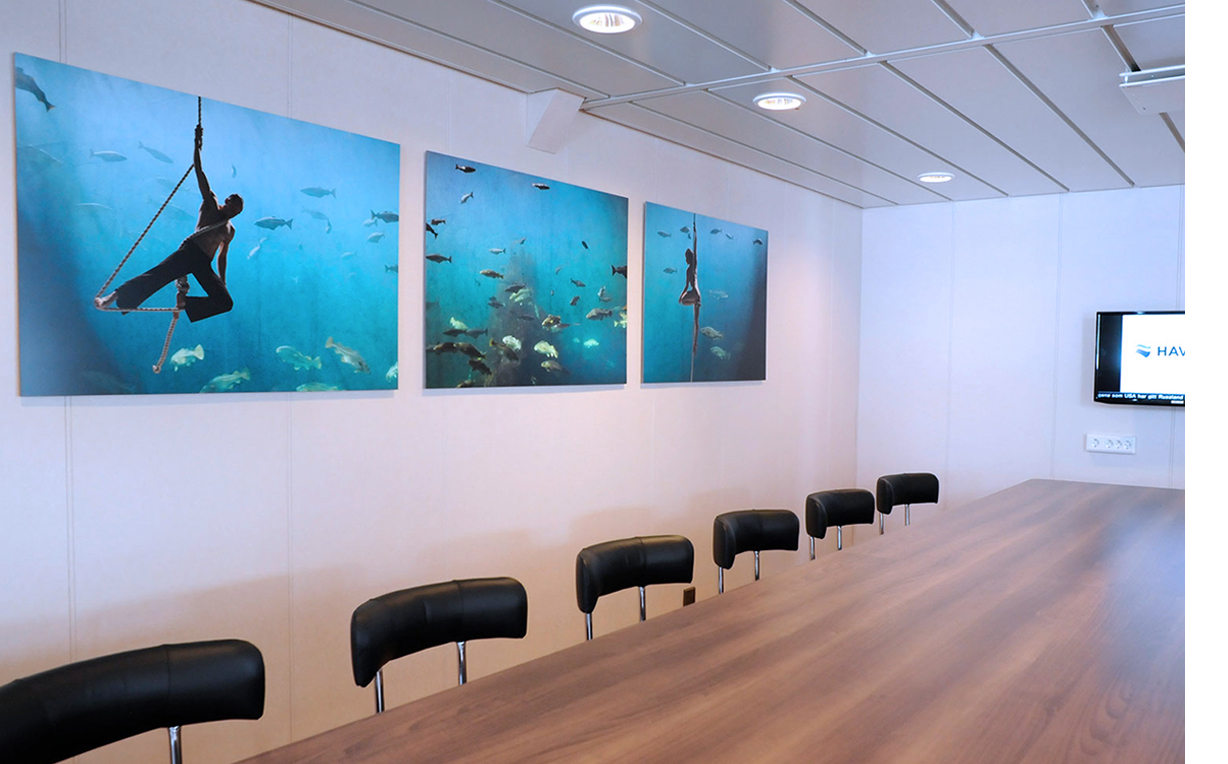
Beautiful seascapes transform the meeting room’s walls. Mounting the images and not framing them is an ideal choice for this project, as framing would distract the eyes from the underwater worlds in Anderson’s works.




